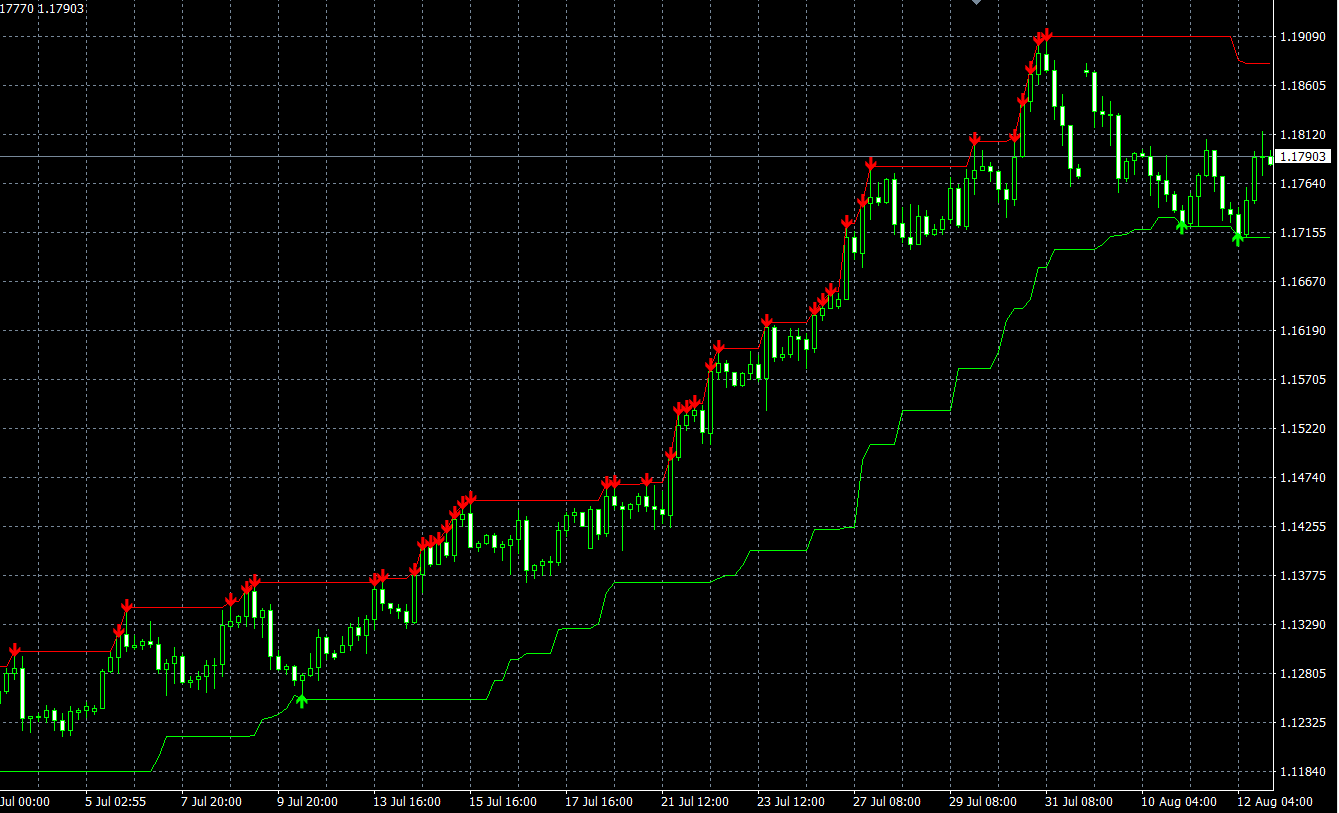Understanding MT4 Trading Signals: How to Use and Optimize Them
MetaTrader 4 (MT4) signals are automated trade alerts generated by experienced traders or trading algorithms. They give you insight into potential market entries and exits, saving you time and helping you spot opportunities—especially if you’re new to trading or want to automate parts of your strategy.
What Are MT4 Signals?
MT4 signals are trade recommendations that suggest when to buy or sell a specific currency pair (or other asset), often including stop loss and take profit levels. These signals can come from professional human traders or automated systems (Expert Advisors or bots) that analyze technical indicators and price action patterns.
How to Subscribe to MT4 Signals
You can access signal providers directly from within the MT4 platform:
- Go to the “Signals” tab in the MT4 Terminal window.
- Browse a wide range of providers, each with detailed stats like profitability, number of subscribers, drawdown, and trade history.
- Choose a provider that fits your risk tolerance and trading style, then click “Subscribe.”
- After confirming the terms, MT4 will start copying trades from the provider directly to your account.
You can also use external platforms like MQL5.com, ZuluTrade, or Myfxbook AutoTrade to find and manage signal subscriptions with added filters and analytics.
Types of MT4 Signals
Signals generally fall into two categories:
- Manual Signals: Generated by professional traders using their market analysis. These often have a discretionary element and may be slower but can include reasoning behind each trade.
- Automated Signals: Generated by Expert Advisors (EAs) based on preset rules and algorithms. These are fast, consistent, and emotion-free but may lack adaptability in unusual market conditions.
Combining Signals with Your MT4 Indicators
To improve the reliability of trading signals, combine them with your personal chart analysis or indicator setup. For example:
- Use RSI to check if a buy signal aligns with an oversold market.
- Use MACD to confirm trend direction before acting on a sell signal.
- Overlay Bollinger Bands or Fibonacci retracement levels to assess if price is at a key level.
This confirmation approach helps filter out weak or false signals and strengthens your overall trade decision-making.
Advanced Signal Tools: Dashboards and Trade Copiers
Experienced traders can go a step further by building their own signal dashboards or using advanced tools to manage multiple strategies:
- Signal Dashboards: Custom-built panels that scan multiple currency pairs and timeframes using your chosen indicators. They display buy/sell suggestions in real-time and help manage trades from one centralized interface.
- Trade Copiers: Tools that let you automatically copy trades from one MT4 account to another. This is useful if you're running multiple accounts or managing investor capital. Some copiers even allow you to control risk settings independently.
Tips for Using MT4 Signals Wisely
- Start with a demo account to test signal providers before using real money.
- Review the provider’s trading history, drawdown, and win/loss ratio—don’t just chase high returns.
- Set risk parameters carefully when subscribing, especially if the provider trades aggressively.
- Monitor performance regularly and be ready to switch providers if results fall short of expectations.
Conclusion
MT4 signals can be a game-changer for both new and advanced traders. They save time, provide insight, and open the door to hands-free trading. Whether you subscribe to a top-rated provider or create your own signals using custom scripts and EAs, make sure to combine signals with solid risk management and indicator confirmation. The more aligned your tools are, the more confident and consistent your trading can become.


